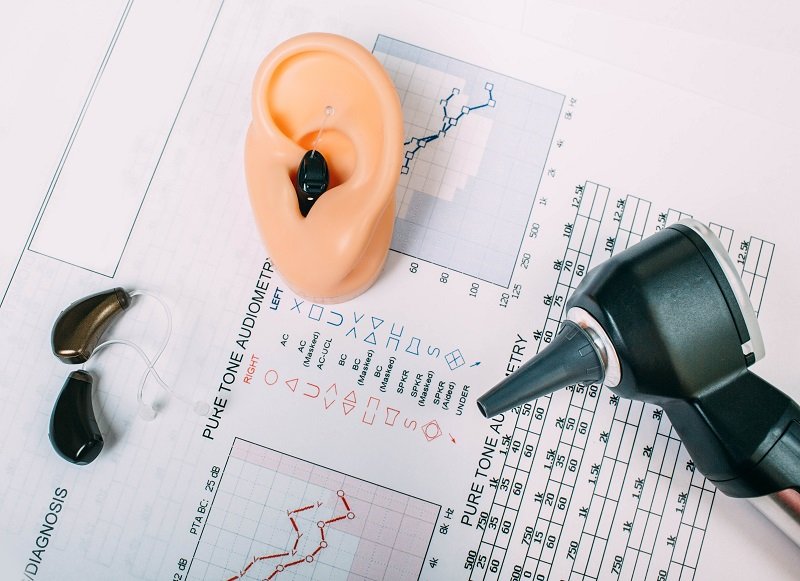Is audiology a field of innovation? It depends on whom you ask. Some may think so because hearing aids are technological devices and new advancements are becoming rapidly available. Others, however, find that some hearing professionals don’t want to embrace technology within their practice. Furthermore, technology is not the only form of innovation.
All told, audiology is a field of innovation—and it has to be because the landscape of the field is changing quickly. What worked well in an audiology practice 50 years ago is not the same as what works well now. While some people may say that the global COVID-19 pandemic is responsible for this change, it is probably closer to the truth that the pandemic simply accelerated the change.
Virtual Audiology
One big change that has often been held up as an example of innovation in the field of audiology—pushed by the COVID-19 pandemic and ensuing lockdowns—is the increasing use of telehealth services. While most audiologists previously used a strictly in-person practice model, in which all patients were seen and treated at a brick-and-mortar office location, many are now offering virtual appointments.
Virtual audiology appointments may have had to come on suddenly during the early days of the pandemic, but there is no reason to dispense with them just as quickly. Telemedicine is convenient for your patients, who no longer need to deal with the time and hassle of commuting to your office. Virtual audiology is also a safe way to provide care for your patients without putting your patients, yourself, or your team at risk of diseases like COVID. In addition, this practice model can reduce no-shows and enable you to easily connect with your patients. Questions or lesser issues that a patient may have previously ignored can now be quickly and easily addressed in a virtual appointment. Telemedicine can be a lasting and beneficial part of your practice.
Innovative Tests and Services
The way you provide care to your patients is not the only change coming to audiology; the care and services you provide are also shifting. The days of largely using only one test—the pure-tone audiometry test that was developed 100-something years ago—are coming to an end. The January 2021 issue of The Hearing Journal featured two articles that apply here: Kozin et al, “Rethinking the Standard Approach to Audiometric Testing;” and Glick & Sharma, “The Brain on Hearing Aids: Can Treatment with Hearing Aids Improve Neurocognitive Function in Age-Related Hearing Loss?”
These articles bring into focus the need to look beyond the audiogram when considering a patient’s need for amplification. The authors also discuss the potential of early treatment in significantly reducing/reverting cross-modal reorganization and enhancing cognitive and speech perception performance.
One major takeaway here is the need for audiologists to adopt new technology, particularly electroencephalography (EEG). This neuroimaging method can help you as an audiologist in assessing neuroplasticity changes. Combined with a cognitive test battery to evaluate a variety of cognitive domains, audiologists are able to assess some effects of hearing amplification in the higher-order capacity of the human brain. Numerous studies have linked auditory deprivation to mental health, and these tests are essential if audiologists want to capitalize on this connection.
The Takeaway
Recent years have seen new developments in audiology, with advances seeming to have accelerated in the last year. Seeing these changes as opportunities rather than obstacles will bring new growth in business as well as practice.
To learn more about how these innovations in audiology can benefit you and your business, we invite you to contact us today at Audiology Plus.




